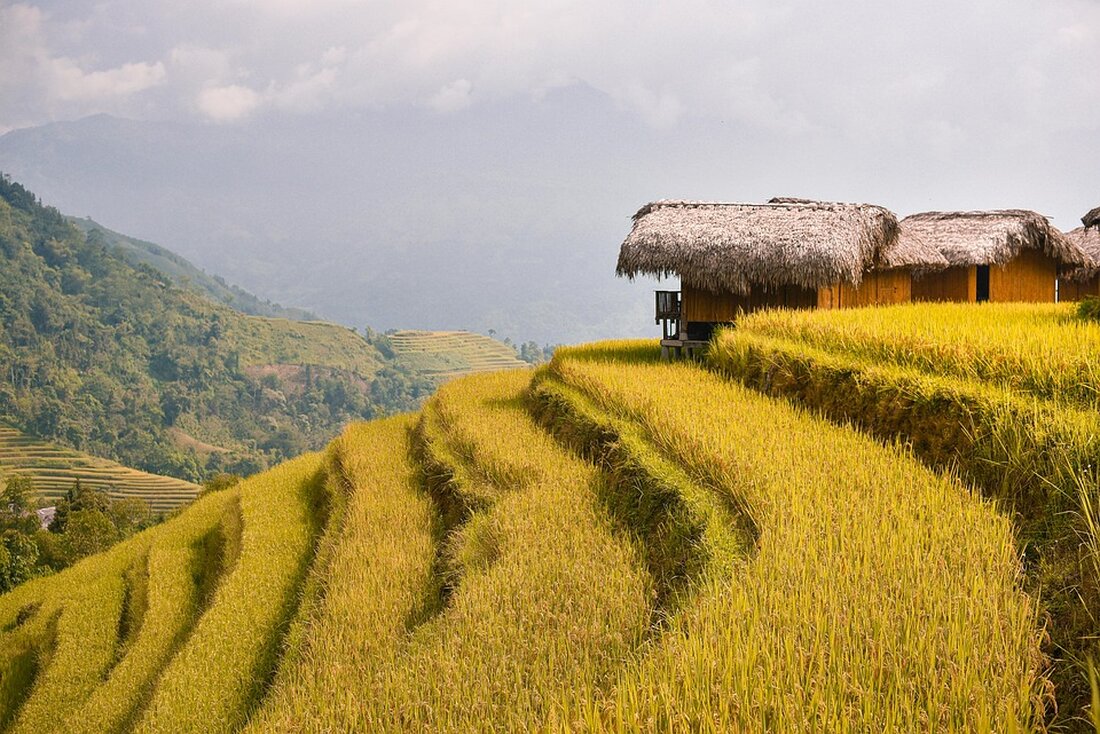An Giang is revolutionizing tourism with smart technology!
An Giang relies on innovative technologies in tourism to create a modern ecosystem and delight visitors.

An Giang is revolutionizing tourism with smart technology!
Tourism in An Giang Province is playing an increasingly central role in the regional economy. How Vietnam.vn reports, the innovation and application of modern technologies is crucial for the development of this sector. The Department of Culture, Sports and Tourism (DCT) has implemented synchronous solutions to create a modern tourism ecosystem. Nguyen Khanh Hiep, the director of the DCT, emphasizes the immense importance of digital technologies in promoting tourism.
In 2024, the An Giang Smart Tourism portal and An Giang Smart Tourism app for Android and iOS were launched. This app integrates comprehensive databases that provide information for tourists. This includes significant resources such as:
- Unterhaltungs-, Kultur- und Kunststätten
- Reiseunternehmen, Hotels und Restaurants
- Einkaufs- und Sportzentren
- Verkehrshinweise und Fahrzeuge zur Miete
- Gesundheits- und Sicherheitsinformationen
- Vorschläge für Reisepläne und Reisebüros
Interactive experiences through VR and AR
A particular highlight of the developments is the use of virtual reality (VR) and augmented reality (AR) to improve tourist experiences. Various destinations in An Giang are already offering VR models that allow visitors to experience history and culture in an interactive way. These technologies also find application in areas such as museums, as shown by studies by scientists who have examined the impact of VR and AR on visitor experiences, as published by Springer mentioned.
In addition, free Wi-Fi at tourist attractions promotes access to information and makes it easier to share experiences via social networks. A Korean tourist reported becoming aware of An Giang through TikTok, further highlighting the importance of social platforms in tourism promotion.
Tourism promotion strategies
An Giang uses digital technologies to specifically promote tourism. Measures include an increased presence on platforms such as Facebook, Instagram, TikTok and YouTube. In addition, multimedia campaigns and collaboration with travel bloggers and KOLs (Key Opinion Leaders) are used to attract potential tourists. In the future, An Giang plans to participate in international online travel exchanges (OTA) such as Booking.com and Agoda to further increase the reach.
In conclusion, it is clear that with these innovative approaches and technologies, An Giang not only enriches the tourist experience for visitors, but also takes an important step towards a future-oriented tourism industry.

 Suche
Suche
 Mein Konto
Mein Konto